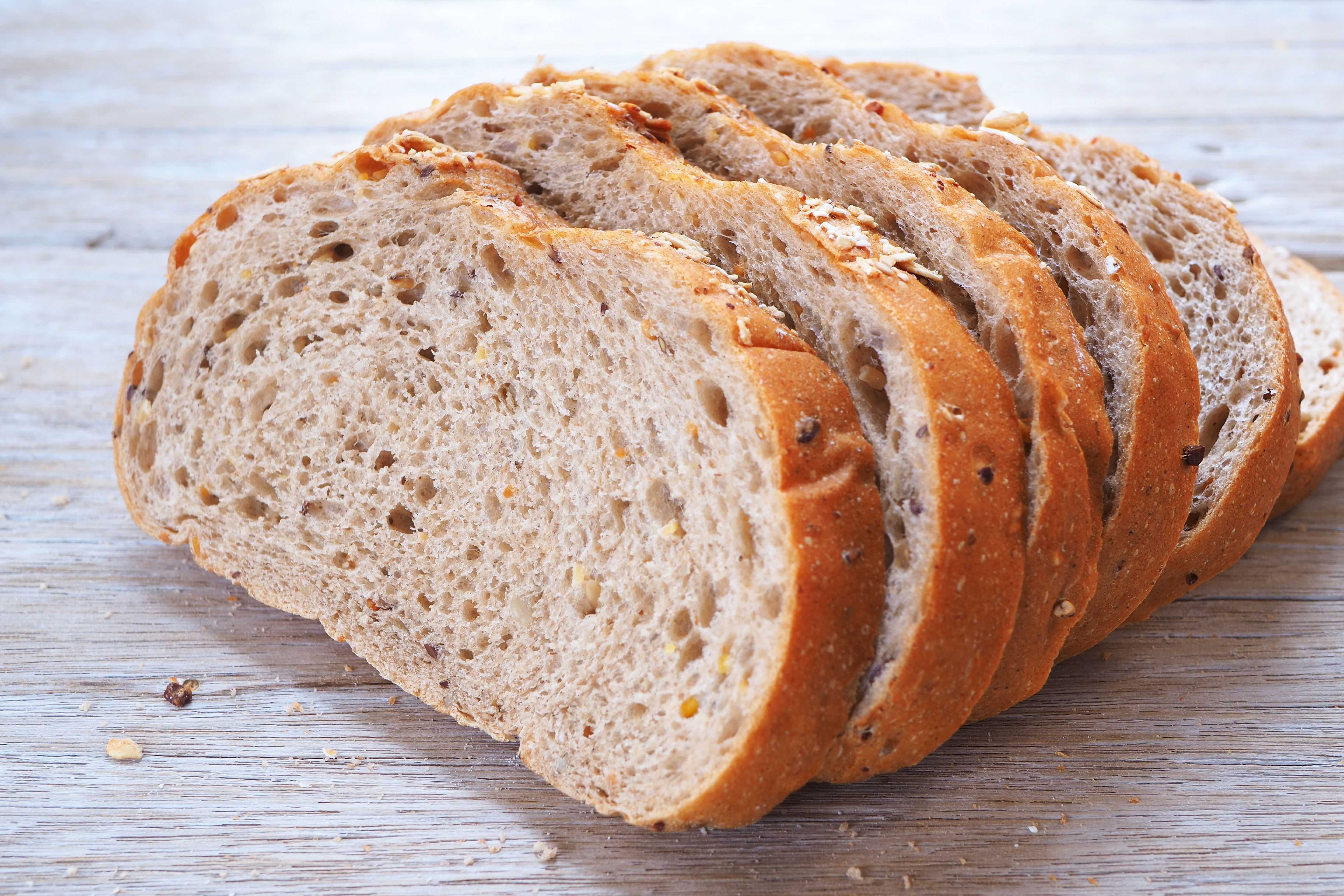The Truth About Gluten
Wheat gluten has had a challenging reputation over the last several years due to confusion among consumers. From fad diets to misinformation, consumers have been trying to figure out what to think about gluten. Is it safe? Is it healthy? And what exactly is vital wheat gluten?
Gluten is the naturally occuring protein in wheat. When wheat flour is wetted, the glutenin and gliadin proteins come together to form a gluten matrix. The gluten is a natural protein network that gives baked goods their airy texture, but also makes it easy to separate the starch and protein components of wheat flour. As the protein network is formed it naturally stays together as a cohesive mass, allowing the starch to be easily washed away.


Gluten History
Wheat gluten is said to have been used as an ingredient as far back as the sixth century. Historically, it was used in noodles and seitan, or wheat meat. Today it is often used in vegetarian meat alternatives, baked goods, and snacks.
Manildra first offered gluten to the U.S. market in the 1970s. Our Gem of the West vital wheat gluten is known as a global benchmark for the highest quality and consistency. Today, the gluten/starch plant in Nowra, NSW, Australia is the single largest in the world.
The process to make vital wheat gluten
While commerical gluten is made at an industrial scale, the process is simple enough to do by hand. The process is easy and results in a highly effective protein.
- Mix high quality flour and water to optimum development
- Run water over dough piece and knead the starch out
- Remaining protein dough ball is the gently dried

Nutrition

Wheat gluten can be a beneficial source of nutrients. Wheat gluten contains about 75 grams of protein per 3.5 ounces, which makes it one of the richest plant protein sources. Adding gluten to bread can give it the extra strength needed to include additional nutrient dense ingredients such as nuts, seeds, and other grains.
According to Dr. Glen Gaesser, a gluten-free diet may compromise your health. In a 2017, a study indicated that individuals who followed a gluten-free diet consumed fewer whole grains. Whole grain consumption is associated with reduced risk of many chronic disease such as cardiovascular disease. As a result, individuals who follow a gluten-free diet actually have a higher risk of chronic disease.
Studies show that some consumers who avoid gluten due to gastrointestinal issues, rather than celiac disease, may not have a problem with gluten at all. The culprit may actually be fructans, one of many FODMAPS, or short-chained carbohydrates that are not properly absorbed by the gastrointestinal tract (1).
Function
Wheat gluten is known to build structure and volume in bakery applications, improving tolerance in high speed commercial bakeries. This unique protein we find in wheat is also a great binder, adds protein, and holds high amounts of water. When boosting overall protein in a food with other protein sources, such as whey, soy, or pea proteins, you can use wheat protein to restore that preferred texture and strucuture.
Wheat protein is an ideal clean label ingredient for optimizing texture through many bakery foods such as pancakes and bread. However, clean labels aren't limited to bakery products. Vital wheat gluten and wheat protein isolates, such as GemPro HPG, are an excellent alternative for plant-based meat products and other novel vegetarian foods.
When you are looking to boost protein, get clean label strength in your dough, or modify the texture of your product, think back to the beauty and simplicity of gluten.
Let's talk about wheat!
Whether you are curious about wheat, our products, or collaboration - we are ready to answer any and all questions.
Learn more about our products.
Stacked Solutions. Superior Support.
E-Mail: info@manildrausa.com
Phone: 800-323-8435
Manildra Terms and Conditions | Privacy Policy
